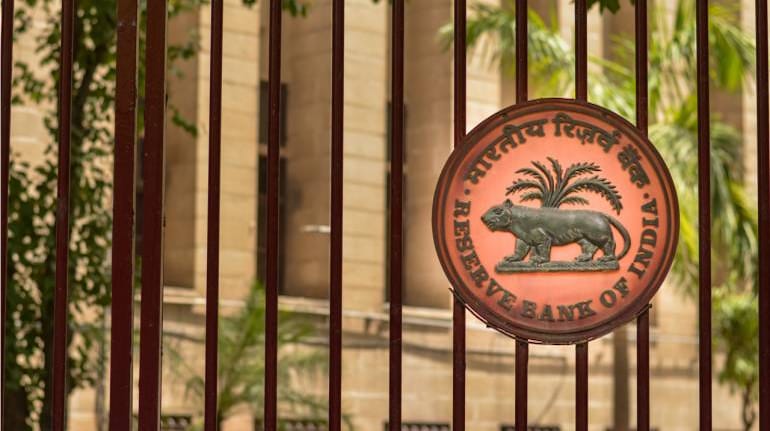
As the bond markets globally grapple with the swing to quantitative easing (QE) from quantitative tightening (QT), India’s bond street is faced with a different problem of quiet confusion (QC).
Yes, the Reserve Bank of India’s monetary policy of September 30 met expectations with few surprises. The 50 basis point hike in the repo rate came as anticipated and the accompanying commentary didn’t veer from the expected script. But governor Shaktikanta Das didn’t offer clear guidance for the coming months either.
To be fair, the volatile global situation has made it challenging for the RBI to have a clear vision on inflation and growth. The central bank faces the eternal trilemma of managing multiple macro stability indicators.
That said, Das’s statement has been neutral, with little indication of the magnitude of future actions. Dalal Street chose to focus on the positive growth message, but bond traders were more sceptical. That was visible in the over 10 bps swing in the 10-year benchmark yield. Beyond the 50 bps hike, the bond market isn’t ready to play on its hopes and fears yet.
One basis point is one-hundredth of a percentage point.
Confusion on rates
Das sounded optimistic on domestic growth prospects, joining the markets. The reduction in the FY23 gross domestic product (GDP) growth estimate to 7 percent from 7.2 percent was largely math.
But the governor also warned against the impact of global turmoil on domestic growth through the trade and finance channel. Here, beyond the facts, there was little wisdom to glean.
Sticking to the script, Das retained inflation projections and highlighted that retail inflation remained above the mandated 2-6 percent band and that the monetary policy committee cannot ignore this.
He also alluded to real interest rates. Das said the policy rate adjusted for inflation trails that of 2019, indicating the RBI is not done with hikes yet.
But the governor has taken comfort from the recent fall in global commodity prices. Deputy governor Michael Patra said inflation will trend towards 4 percent over two years.
No wonder economists differ on expectations of the timing and magnitude of rate hikes. Those at Barclays expect the RBI to be on hold for the rest of the year.
Upasna Bhardwaj, chief economist with Kotak Mahindra Bank, expects a 35 bps hike in December and then a potential pause.
Madhavi Arora of Emkay Global Financial Services expects another 50 bps hike, which puts the terminal repo rate at 6.4 percent.
Some economists believe the terminal repo rate could be higher at 6.5-6.6 percent if global conditions remain hostile.
Liquidity kerfuffle
The RBI’s assessment of liquidity is divergent from that of the bond market. Emerging concerns that banking sector liquidity has swung to a deficit from a surplus have driven short-term rates further up.
Bond market participants point to the net injection by the RBI through its variable rate auctions and even the marginal standing facility. Das, however, stressed that liquidity is in considerable surplus and government spending in the coming weeks will ensure this surplus increases.
The deficit is temporary and the central bank has enough room to continue its withdrawal of accommodation. This does not bode well for short-term rates.
Treasury bill yields could see pressure, especially with the government scheduled to borrow Rs 2.86 lakh crore through them. Further, Das’s iteration that forex reserves are still strong indicates the central bank won’t step away from supporting the rupee.
In short, rupee liquidity would tighten further and therefore it is more likely that the yield curve would be steep at the short-end and flatten out at the longer end.
For bond street, this means deciding whether it is worth to hold duration bonds or begin to cut their losses, starting with the shorter end of the curve.